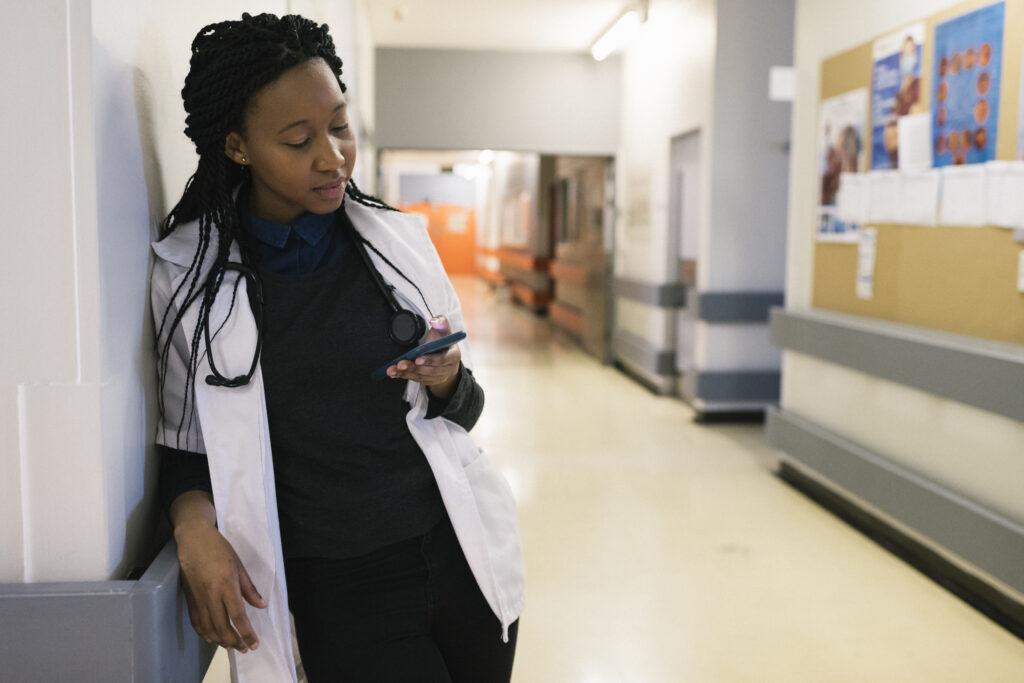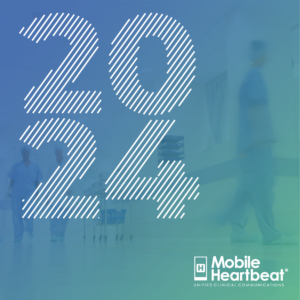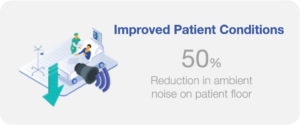When a healthcare system rolls out smartphones to its staff, there can be some serious and immediate benefits: quicker communication, easier collaboration and greater insight into patient care and team updates. But for all these benefits, implementing a new technology like smartphones across a unit or facility can necessitate a major change in the organization’s technical culture. Even if the users will be leveraging a communication and collaboration solution on their own personal device, the shift between personal use and work use can be a major adjustment for healthcare staff.
Comprehensive education and establishing boundaries early on are both key to helping users maintain efficiency and minimize friction caused by the learning curve of new technology. These four tips may help as you implement a clinical communication and collaboration platform:
1. Be Strategic About Shared & BYOD Models
Assign shared and personal devices by role to minimize the overlap between personal and business use. Employees who do the bulk of their work on premises don’t typically need a smartphone to bring home. By using a hospital-owned device during their shift and returning it when it’s time to go home, they don’t have to worry about separating their home and work lives. It makes it much easier to compartmentalize without having them carry and extra device around.
For those who do a lot of work remotely—administrators who need to be reachable around the clock, or physicians who complete work from home—the bring-your-own-device model will work better.
2. Leverage MDM for Greater Control
We recommend mobile device management (MDM) to all of our customers. Whether your hospital has BYOD or shared devices, it’s a best practice to engage in an MDM strategy. MDM enables the hospital to wirelessly configure mobile devices—primarily to make them more secure. Some MDMs allow you to track hospital-owned devices in order to find any that may have gotten lost. Additionally, in an effort to protect sensitive information or data, you’ll also be able to wipe any shared devices that may have fallen into the wrong hands.
For those BYOD users, you can still install an MDM to make sure there are no malicious apps on your employees’ devices. The MDM can also lock a device that may have been lost or stolen, again to protect sensitive information. Make sure you educate your employees about what your MDM can and cannot do so that they can better care for their devices.
3. Set a Standard for Smarter Device Use
Codify the rules and make them known to the whole organization—from clinicians and ancillary staff to support personnel. This means providing clear and simple communication around the protocols for personal and professional smartphone use, as well as good etiquette.
Everyone must follow the policy, leaders most of all. Prepare for rule breakers and handle accordingly: according to a 2021 study, the healthcare industry saw the largest percentage (48%) of incidents and breaches involving internal actors. Therefore, having effective policies in place prior to implementation is a must.
4. Educate Patients on What to Expect
Despite the prevalence of mobile devices in medicine now, some patients may get concerned when they see their doctor tapping on a smartphone. Are they making dinner plans or checking a medical reference tool?
Experts who talked to American Medical Association described it as a multidimensional problem: If a patient sees their doctor on their phone, it can lead to cognitive and psychological misperceptions that affect their whole experience. Luckily, you can ease those worries with patient-facing posters or other materials that demonstrate to patients why clinicians use smartphone devices. Having providers talk with them to explain the role of mobile devices can help a great deal, too.
Changing Culture Takes Time
Encourage shared accountability across the enterprise and make best practices, policies and MDM procedures as transparent as possible. That way, everyone can make the most of the technology’s perks, and ping by ping, leave the perils behind.
Learn More
Discover how Sentara Health has transformed their operations through innovative smartphone implementation and a thriving company culture. Explore their success story now!




